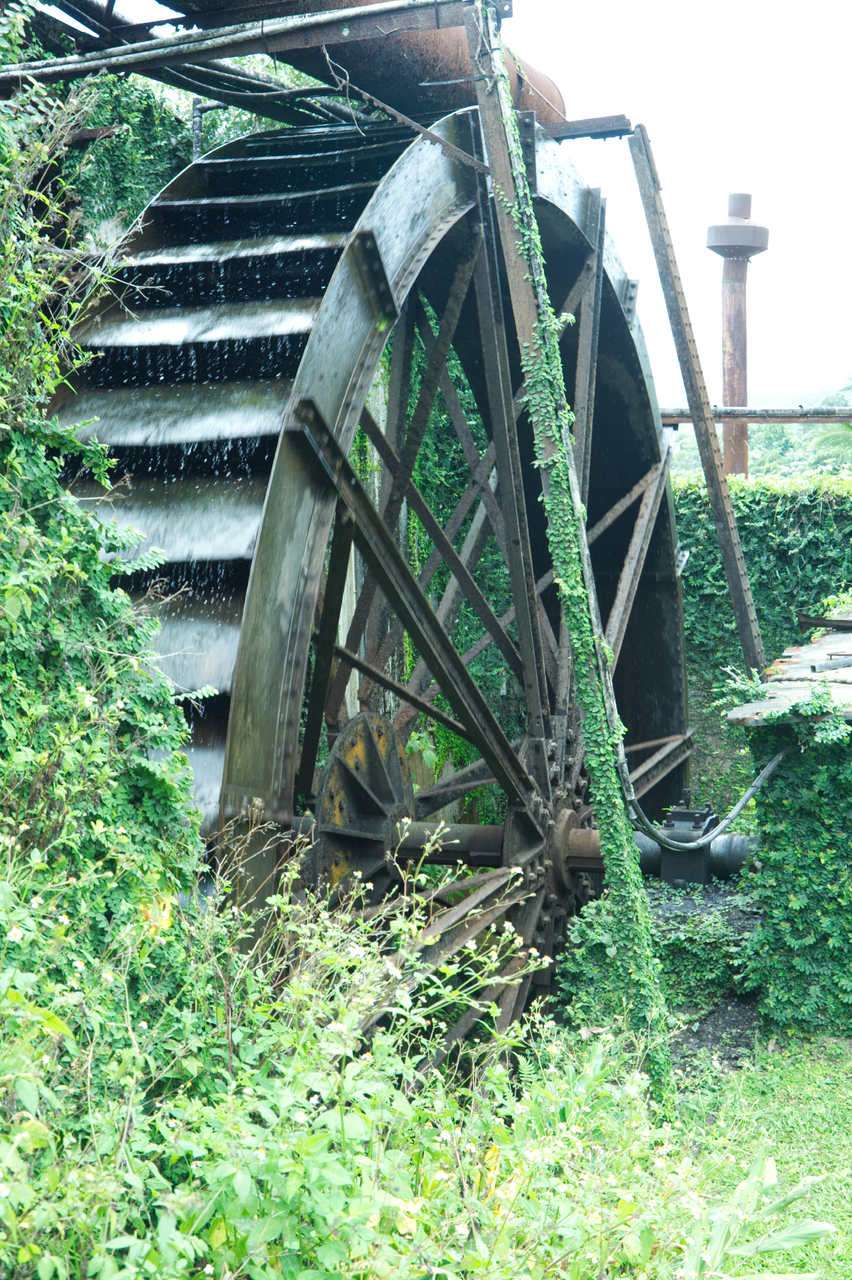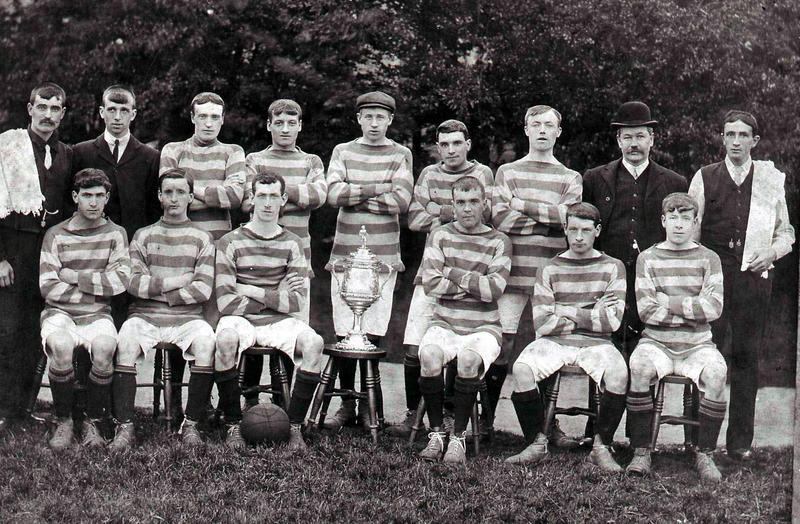Behind the famous McCowan’s toffee factory in Stenhousemuir is the history of sugar that reaches back, via Caribbean slave plantations, to 8000 BC.
Empire
The growing and production of sugars have had a lasting effect on the world, and not in the right way – it relied on and increased slavery, and this has had an impact to this day. It is therefore essential to give a little insight into the sugar industry and how it was involved in slavery.
Sugar
The growing of sugarcane and refining of sugar has a chequered past. The history of sugar can be traced back to approximately 8000 BC. It gradually spread around the Eastern Pacific and Indian Oceans, around 3500 years ago, quite possibly by Austronesian and Polynesian seafarers.
The first chemically refined sugar seemed to be in India about 2500 years ago. It then gradually spread east towards China, and west to Persia and the new Islamic worlds, finally reaching the Mediterranean in the 13th century. Throughout this period, it was considered a rare and expensive spice.
It was the Portuguese who realized that Brazil had a favourable climate and growing conditions for sugarcane. From there sugarcane made its way to the Americas and Caribbean Islands in mid-1600. It was then that the industry began to feed the sugar craze in Western Europe.
Plantations
British plantation holders began growing sugarcane in Barbados during the 1640s. The labour force comprised convicts and prisoners from Britain. The sugar trade was so profitable it soon spread through the Caribbean and Americas, making plantation holders wealthy.
As sugar production started increasing in North American colonies held by the French and the British, the need for a new workforce resulted in the age of slavery. As work on the sugarcane field was hard and extremely dangerous, the high mortality rate caused the death of over 3 million Native American and African enslaved people. Since the beginning of the slave trade, it is calculated that lands of the British West Indies forcibly transported over 4 million enslaved people from Africa, but only 400 thousand survived the journey. The high influx of enslaved people and their labour made the Caribbean the most significant worldwide producer of sugar.
Sugarcane was an unusual crop. Europeans used to grow crops such as wheat, which they then harvested and sent to other people who would turn the plant into flour. But on the Caribbean and American plantations enslaved labourers had to do everything. They sowed, tended, and harvested the crop, and then worked to extract the juice from the sugar cane and boil and process the liquid to turn it into sugar and molasses. Later they might work to distil some of the waste products into rum. The sugar plantation was both a farm and a factory, and enslaved men, women and children worked long days all year round.
Enslaved people had to be paid for, so goods such as copper and brass, rum, cloth, tobacco, and guns were needed to purchase enslaved people from the African elites. These were secured through the expansion of industrial production, particularly in the English Midlands and South West. Modern-day banking and insurance can trace its origins to the 18th-century transatlantic slavery economy. As well as making the plantation owners wealthy, slave labour also made the British Empire rich. With all this trade, Britain became prosperous and wealthy.
William Forbes of Callendar House had a business link to the slave trade. He made and sent copper pans and stills to the Caribbean where they would be used by enslaved people during sugar production. He also had a few relations involved with slavery and the sugar trade.
Abolition
After decades of campaigning, the Slavery Abolition Act was passed in 1833. The plantation owners of the Caribbean, represented by the London Society of West India Planters and Merchants (now the West India Committee), had opposed abolition. Following this Act, former slave owners were paid approximately £20 million in compensation in over 40,000 awards. Nothing was given to the newly liberated people. Slavery was finally abolished in the British Empire (including colonies) in 1838.
By Ron Watson, Great Place volunteer.



